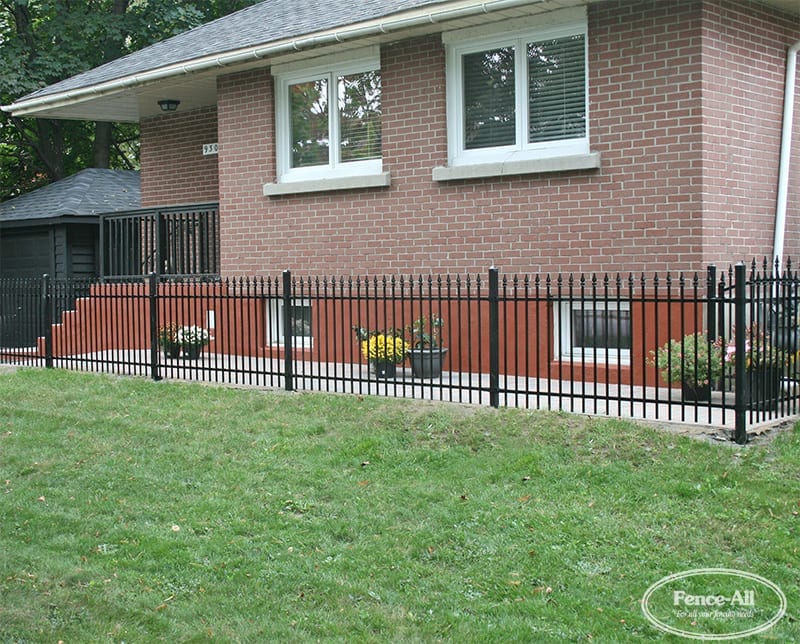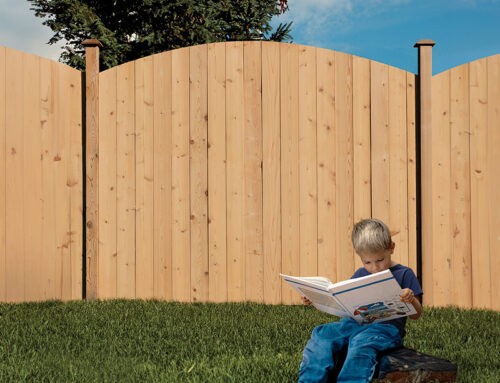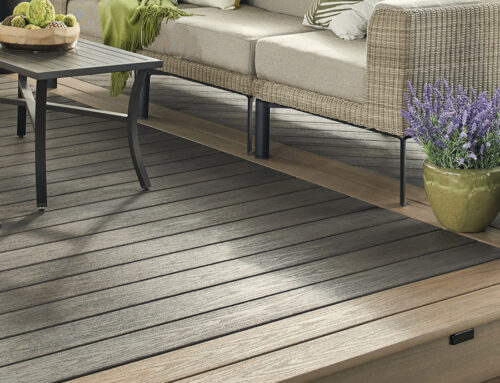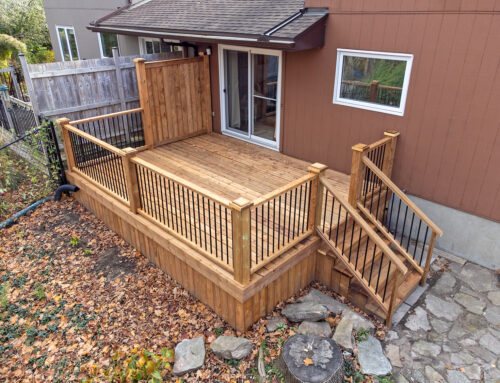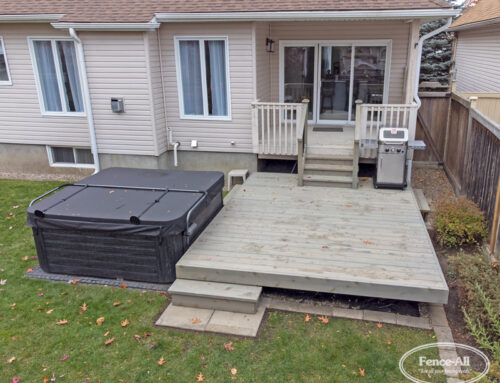While you can install many of the same styles in both areas, there are some key distinctions to keep in mind.
Similarities
Style Options:
In both front and back yards, you have a wide variety of styles to choose from. Many of them look great no matter where they are installed on the property.
Material Choices:
Whether you’re fencing the front or the back of your house, materials such as wood, vinyl, and iron are commonly used. These materials are durable and blend well with a home’s exterior design.
Differences
Decorative vs. Privacy:
Generally, front yard fences tend to be more decorative. Picket fences, for example, are popular choices. Privacy fences are less common in front yards. In contrast, backyard fences often prioritize privacy and security, making styles like solid wood or vinyl fences more popular.
Height Restrictions:
One of the most significant differences between front and backyard fences is the height restriction imposed by local bylaws. In many areas, front yard fences can only be a maximum of 3 feet high. This height limitation is meant to ensure clear sightlines for drivers and pedestrians. Backyard fences, however, can typically be up to 7 feet high, providing more privacy and security for homeowners.
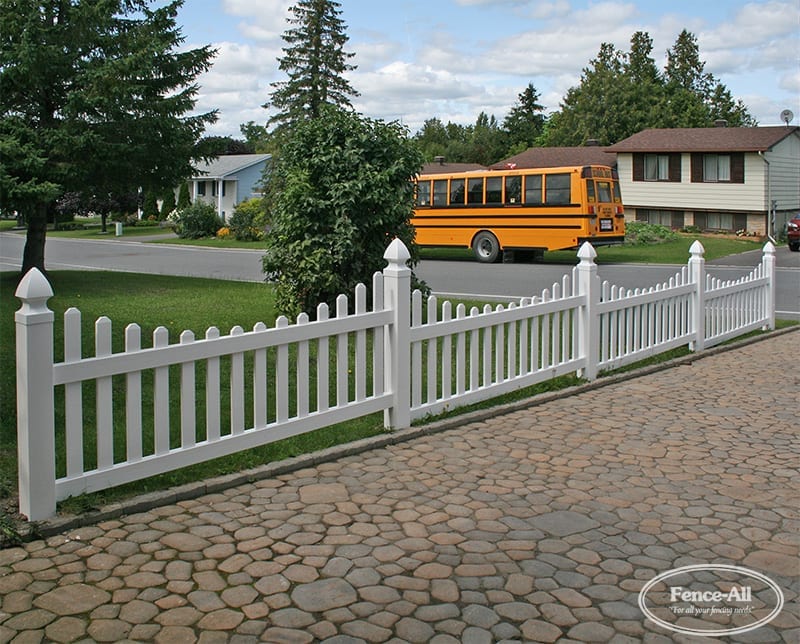
Fences with pickets, like this vinyl Esquire, are common in front yards. Notice the school bus in the background: front yard fences preserve sightlines so that young folks in the neighbourhood stay safe.
Practicality:
The height restriction impacts the look of certain fence styles in the front yard. For example, a 3-foot high Richmond fence with a 2-foot panel and a 1-foot lattice might look odd and fail to provide the intended effect. In the backyard, higher fences allow for more functional designs that offer better privacy and containment.
More questions?
If you have other questions about fences we’re happy to answer them. Hit the chat button on the right during business hours.

“For all your fence, deck, and railing needs”
